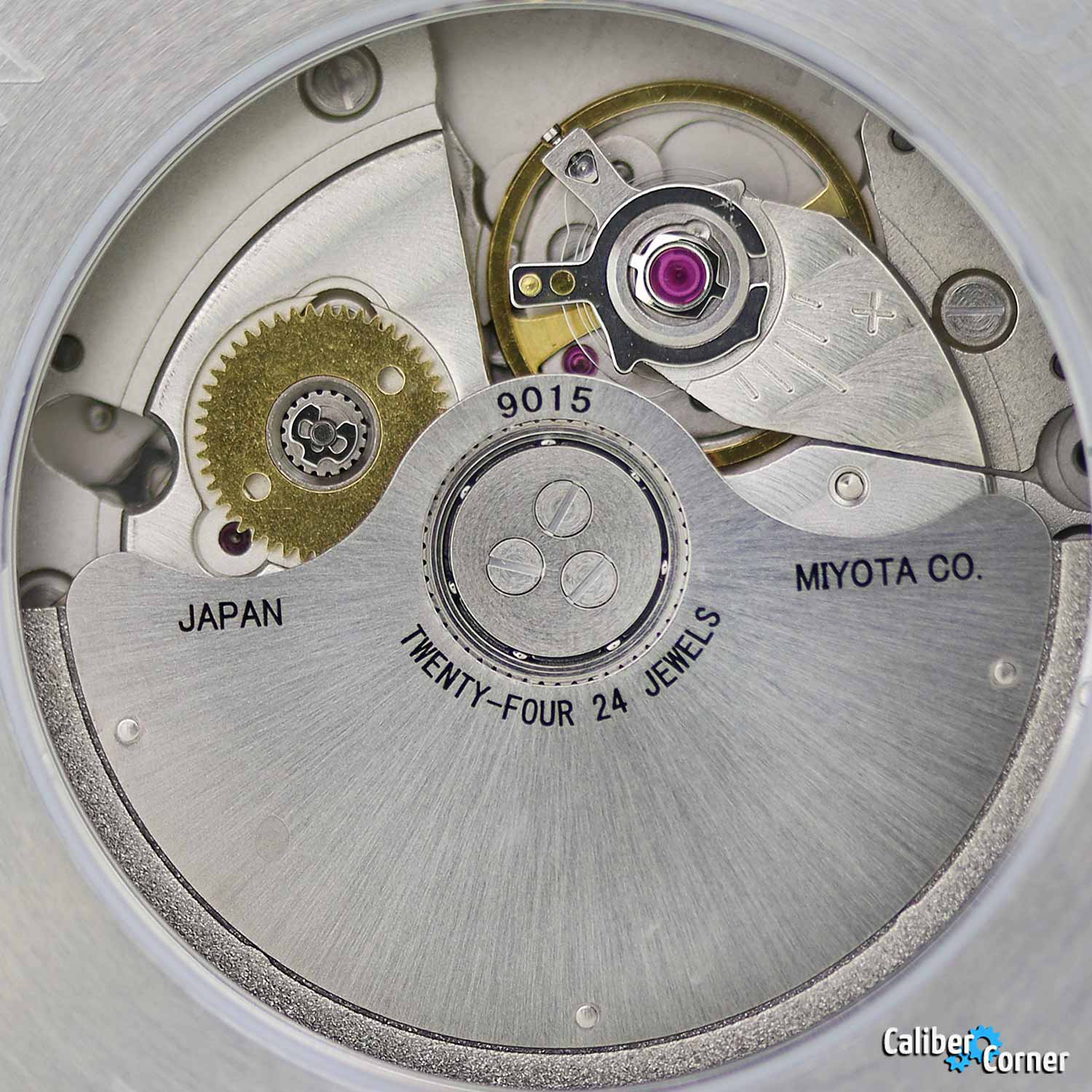
“Workhorse movement” is a label given to certain watch movements by enthusiasts and collectors in many watch communities. The term is no officially used by movement manufactures, but has become a selling point in blog reviews and
A tried and true workhorse should be a simple/minimalist design that does the job efficiently with as few moving parts as possible, while still being effective at maintaining a track record of being reliable, acceptably accurate, not too expensive, and easy to service (or at least generally affordable to service).
A workhorse movement can be of any origin, although the most commonly known workhorse movements are Swiss made ETA/Sellita and Japan made Seiko/Miyota.
Below is an example of a solid automatic workhorse watch movement, the Seiko/TMI NH38. It features a simple, no-frills, 3-hands no-date display.
The most common examples of workhorse movements are:
- ETA caliber 2824-2
- Sellita caliber SW200
- ETA/Valjoux caliber 7750
- Seiko caliber 7S26
- Seiko caliber NH35A
- Miyota caliber 8215
- Miyota caliber 9015
- ETA/Unitas 6497/6498
You may also hear watches being referred to as workhorses, for example the Seiko Monster.
A workhorse watch is basically a tool watch powered by any of the above movements, but also with other characteristics such as a sapphire crystal and screw-down crown.




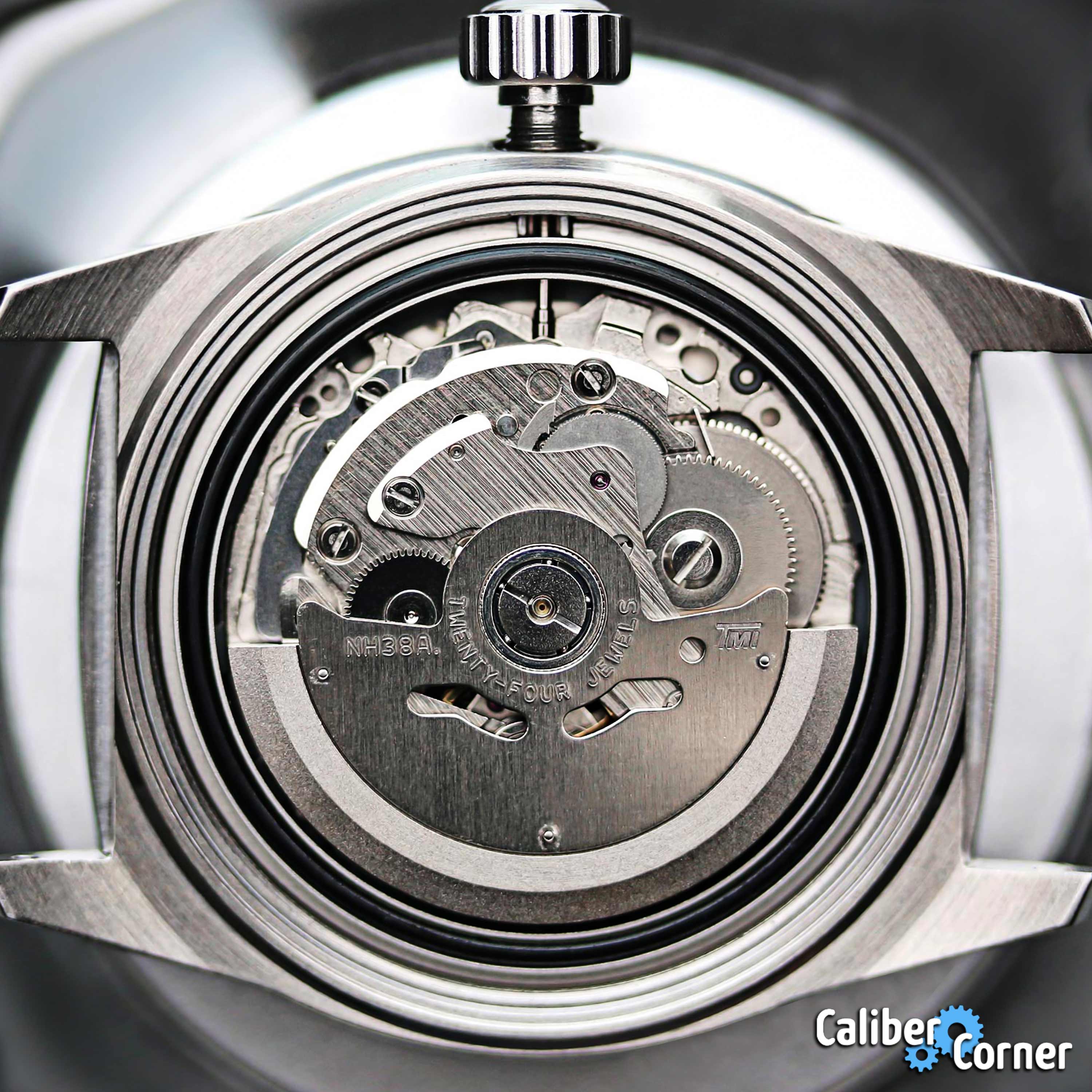
 network of watch sites
network of watch sites




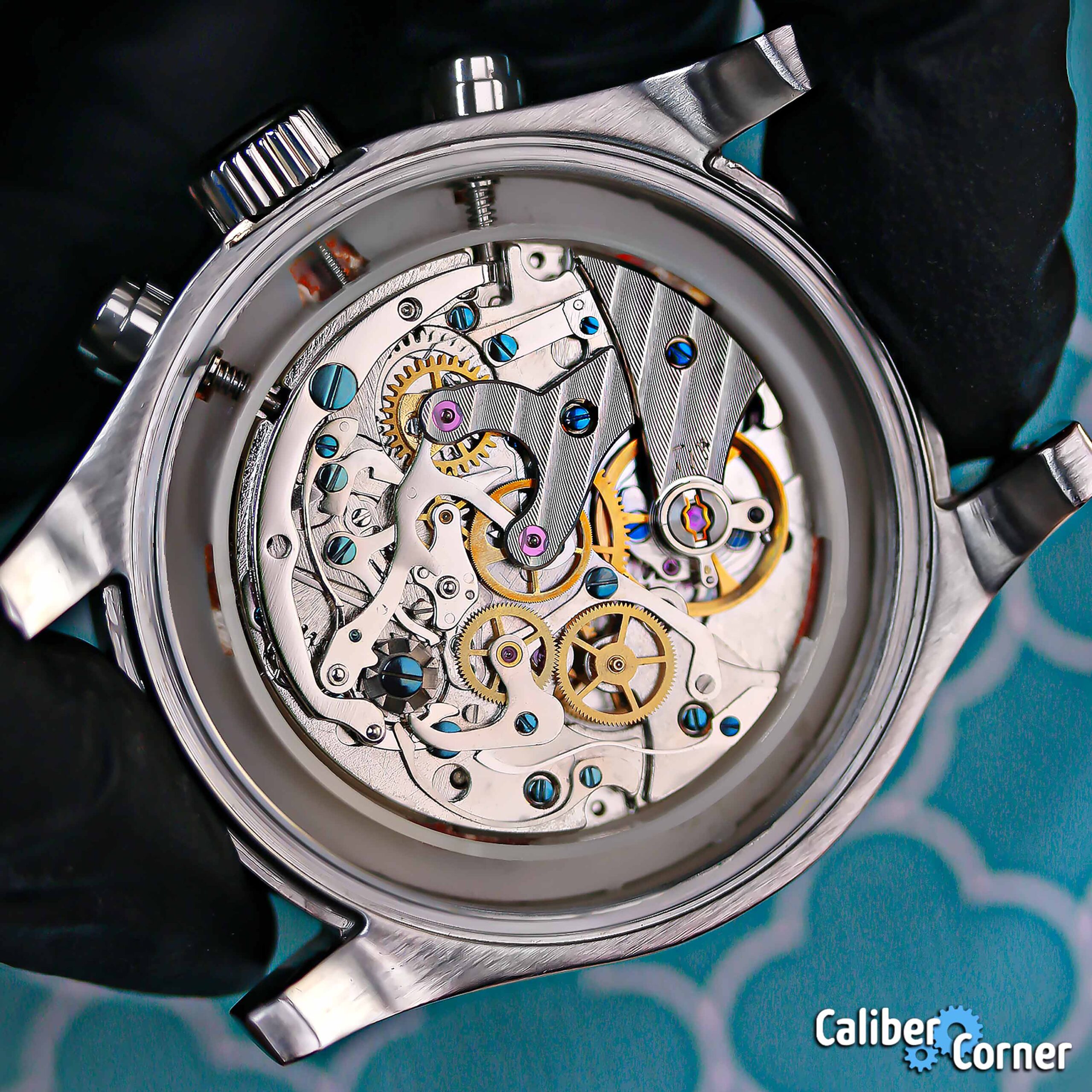

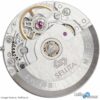


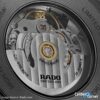

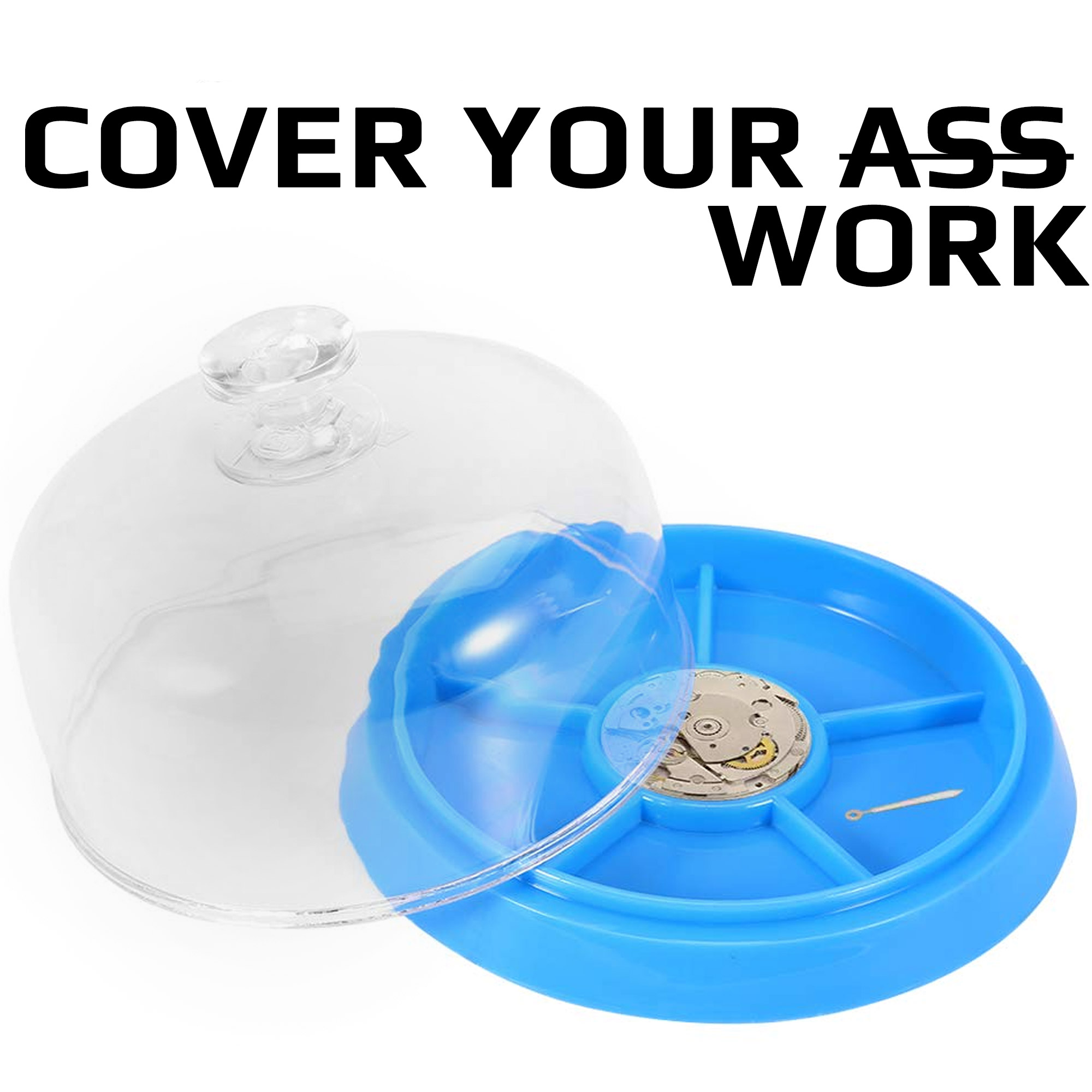
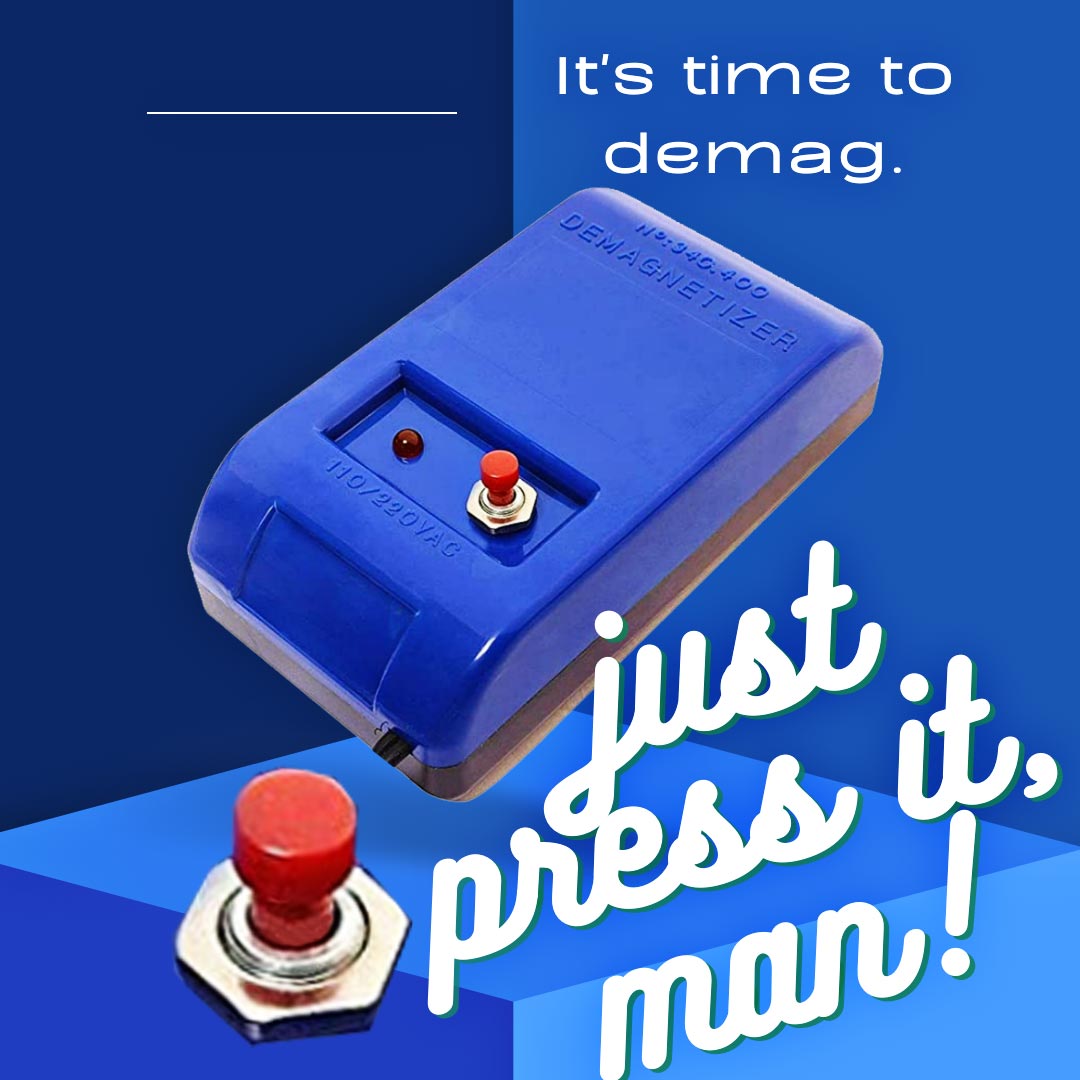

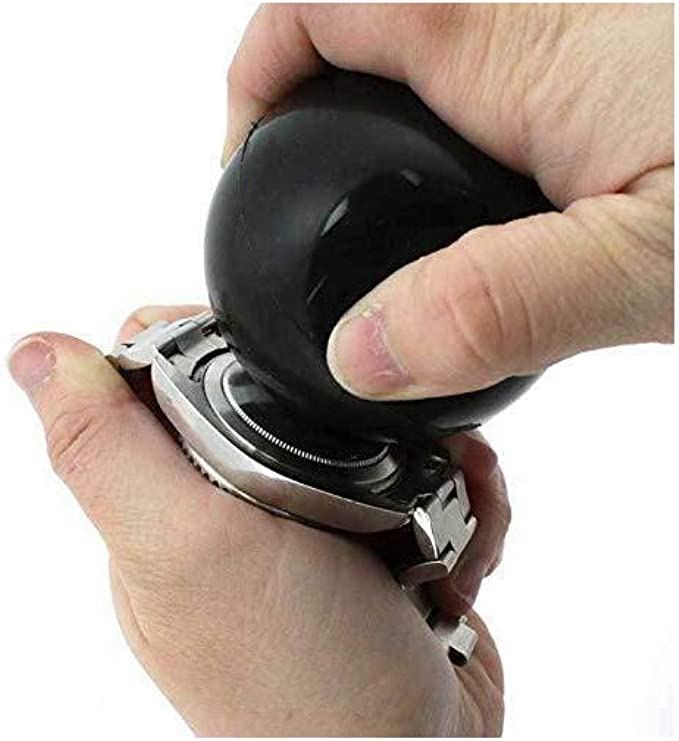


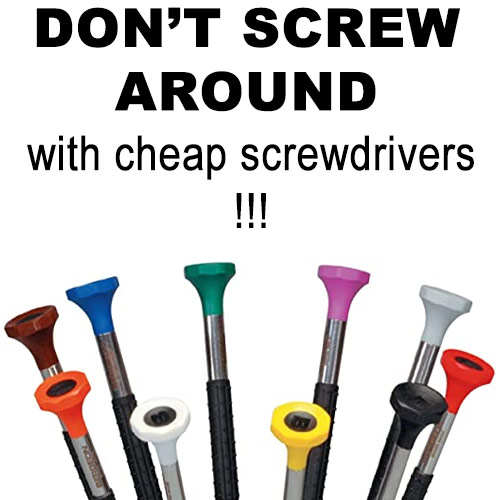
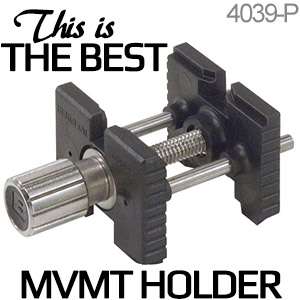


Trending Comments
ALTO Caliber A01
One of the coolest looking movements I've seen in a long time!
ALTO Caliber A01
What's with these prices. It's 20k and has the same regulating system in my $500…
Sunon Caliber PE11
Sunon is a part of GUANGZHOU Pearl Time Group, PE11 is the only repairable movement…
ETA Caliber 2824-2
Hi Craig, that would be the hour wheel. Tech sheets were added to the caliber…
ALTO Caliber A01
Im usually not into micro-rotor movements but this one is nice. I just wonder if…
Active Caliber Listings
The info from Seiko near the top of this thread says parts not 'convertible' -…
More like saying, my Ferrari-which I had to get their permission to buy-has to be…
>Each beat is a hit at the positive or negative maximum Does this definition mean…
One beat is one tick or tock. Each beat is a hit at the positive…
Buy a 1969 King Seiko 5626-7000. Do so at your own peril because you'll discover…